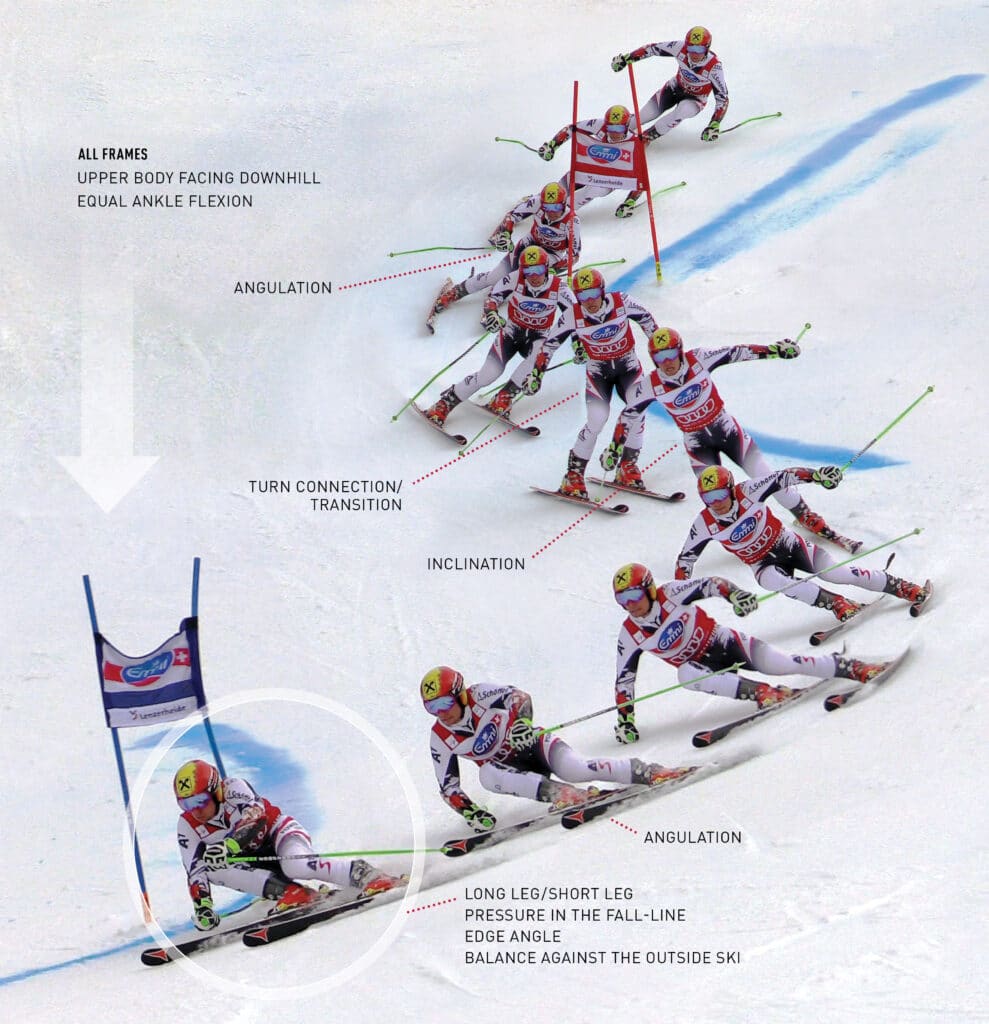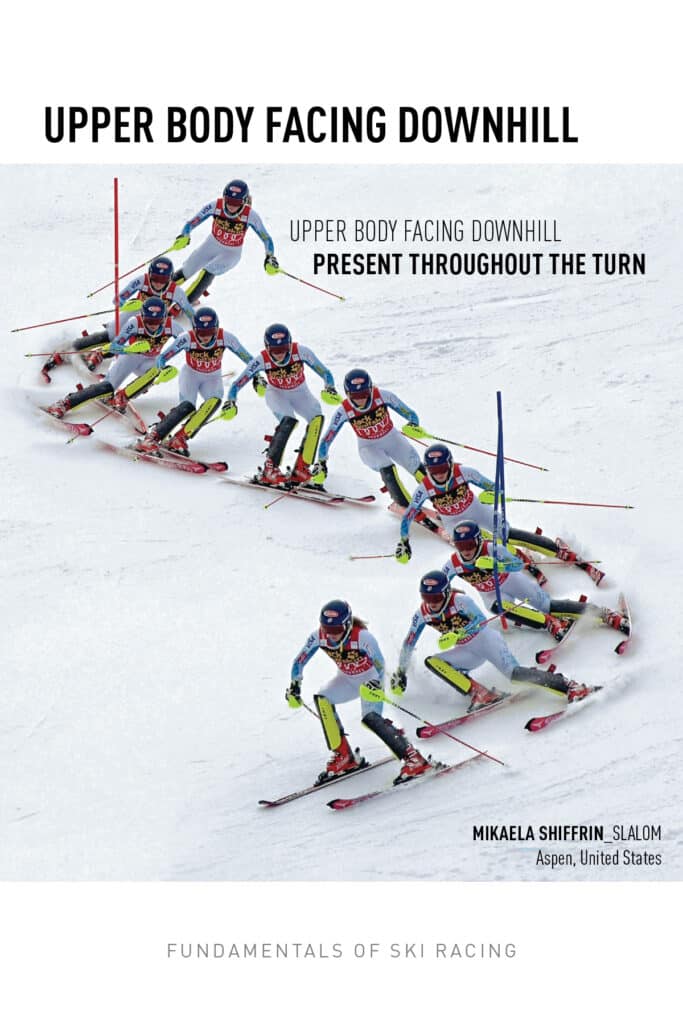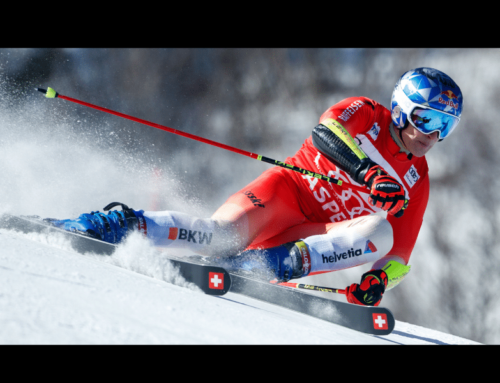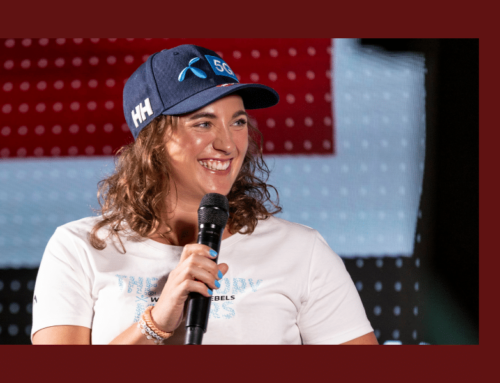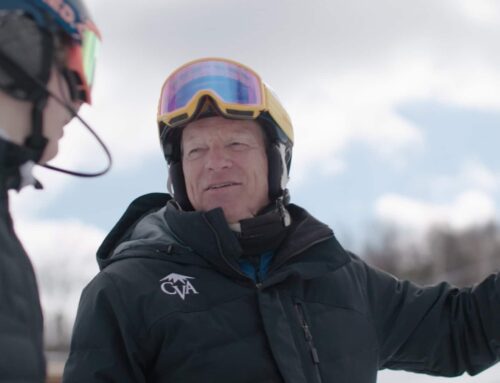Mastering Ski Turns: Upper Body Facing Downhill
Featured image GEPA pictures
The Far West Development Initiative (FWDI), supported by Melissa and Martin Huml, created The Young Skier’s Guide: Fundamentals of Ski Racing to help U14 racers, but it benefits all ages. Ron LeMaster’s stunning photos lead the teaching, with the Ron Kipp text offering support. Ski Racing Media is pleased to publish nine articles highlighting the book’s key concepts, starting with Upper Body Facing Downhill.
When you break down the ski turn into critical attributes, it becomes easy to understand. The Far West Development Initiative illustrates these essential ski turn concepts using Ron LeMaster’s fantastic photomontages. Additionally, the QR codes take you to the LeMasters supporting video.
The Nine Key Concepts
There are nine key concepts. With more than nine, the ski racing technique becomes too complicated; with fewer, crucial elements still need to be included. By using a common vocabulary, coaches ensure athletes don’t have to learn new terms with each new coach. This common language also allows coaches to communicate effectively among themselves.
The Role of Photomontages
The amazing photomontages aim to immerse athletes in the images of ski racers, helping them internalize the technique through their neuromuscular system. Athletes then replicate the “technique” their coaches teach, aligned with these concepts.
The Nine Essential Concepts
Here are the nine concepts:
- Upper Body Facing Downhill
- Equal Ankle Flexion
- Turn Connection/Transition
- Inclination
- Angulation
- Long Leg/Short Leg
- Pressure in the Fall-Line
- Edge Angle
- Balance Against the Outside Ski
Click on image to enlarge
This series of articles will explore each concept in detail, helping you master the art of the ski turn.
We will present each concept as a standalone article, starting with the Upper Body Facing Downhill as part of the basic athletic stance. This will be followed by Equal Ankle Flexion, with the same focus on stance.
The series of articles will explore each concept in detail, helping you master the art of the ski turn.
Upper Body Facing Downhill
What It Means: When we say “facing” downhill, we don’t mean facing exactly down the hill. Instead, the upper body should be slightly biased downhill. This means the front of the bib should mostly be visible from below the skier.
Click on image to enlarge
Technical Explanation: The legs turn left and right while the torso and pelvis (upper body) rotate independently in the opposite direction. This rotation causes the upper body to lean downhill.
When to Do It: The entire run.
Click on image to enlarge
Exceptions: The upper body doesn’t always face strictly downhill. It does so only for a brief moment within each turn cycle. However, it should stay biased downhill throughout the run.
What to Look For: From the bottom of the hill, you should see the front of the torso and pelvis. Please focus on the pelvis, as it’s crucial. The degree to which the upper body faces downhill depends on the hill’s steepness and the skis’ angle to the fall line.
Why It’s Important: To turn the skis, there must be something stable to turn against – the upper body. Think of it like turning on a rotating office chair; the stable upper body allows the legs to turn effectively.
Common Issues: If the upper body and skis point in the same direction, it becomes harder to manage an edged ski.
Synonym: Counter rotation.
Antonyms: Rotation, Upper body rotation.
Drills to Practice:
- Arms crossed
- Hands behind back
- Palms together
- Hands on hips
- Poles parallel to slope
- Poles in front and behind
- Arms crossed across chest with short turns
- Backward parallel skiing
- Double pole plants
- Hop turns
- Ski moguls without poles
- Holding poles like a tray
- Javelin turns
- One ski short turns
- Framing drill
- Pole draggers
Cues to Remember:
- “Keep looking at that sign at the bottom of the hill.”
- “Imagine flashlights in your hips.”
- “Keep your upper body looking quiet.”
- “Keep your upper body quiet in space.”
This video provides more detailed information on the FWDI manual and the nine key concepts.
